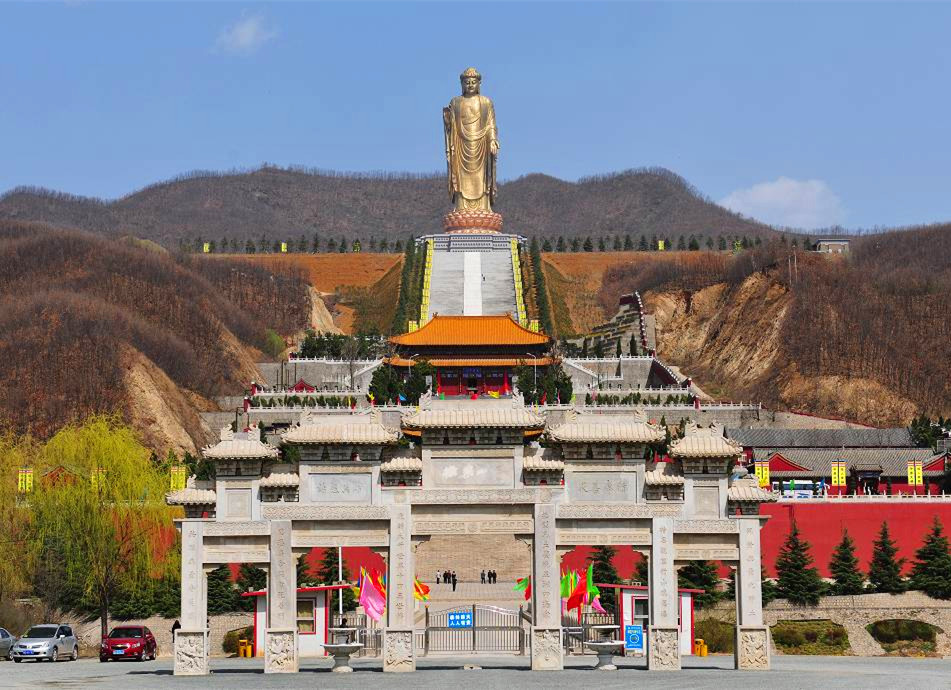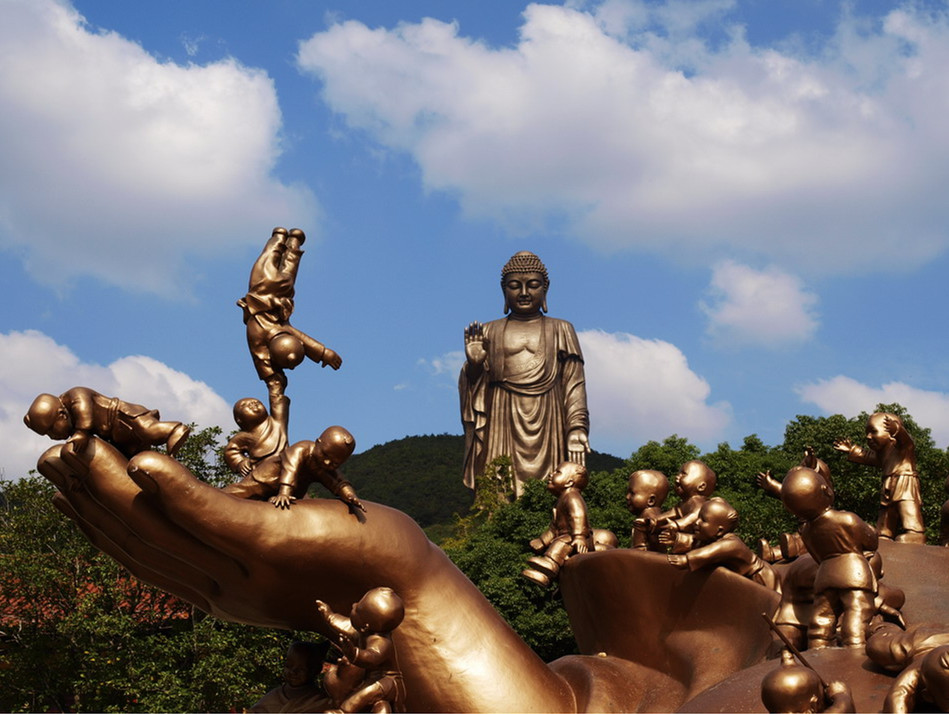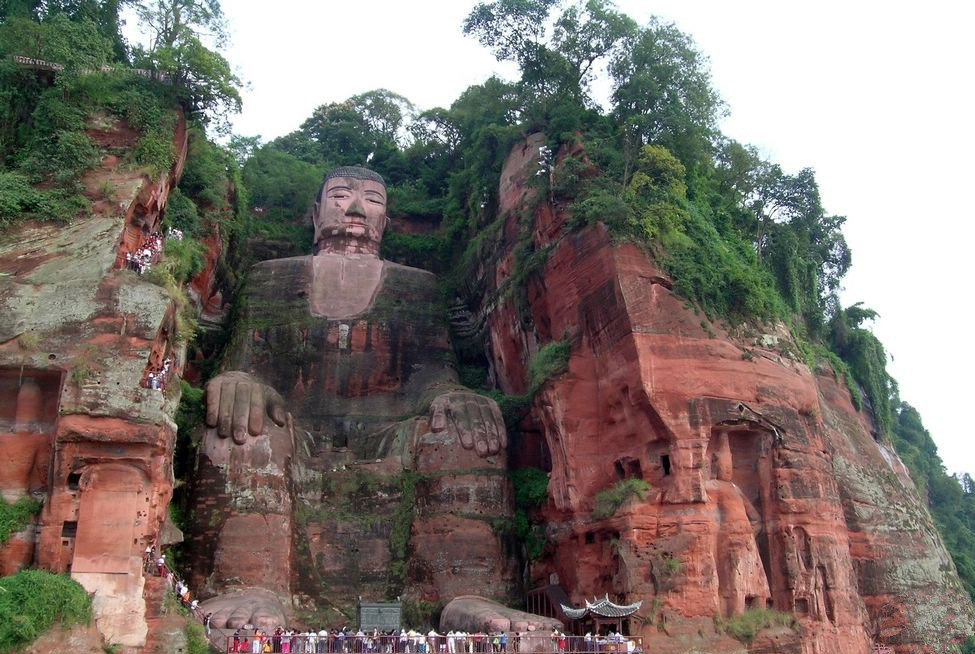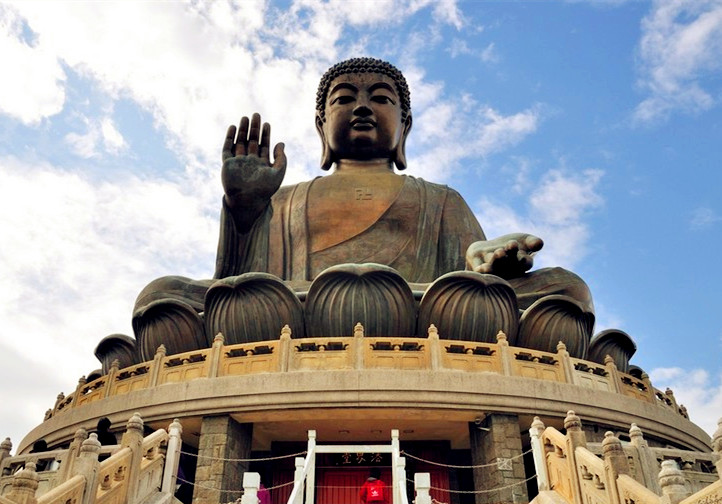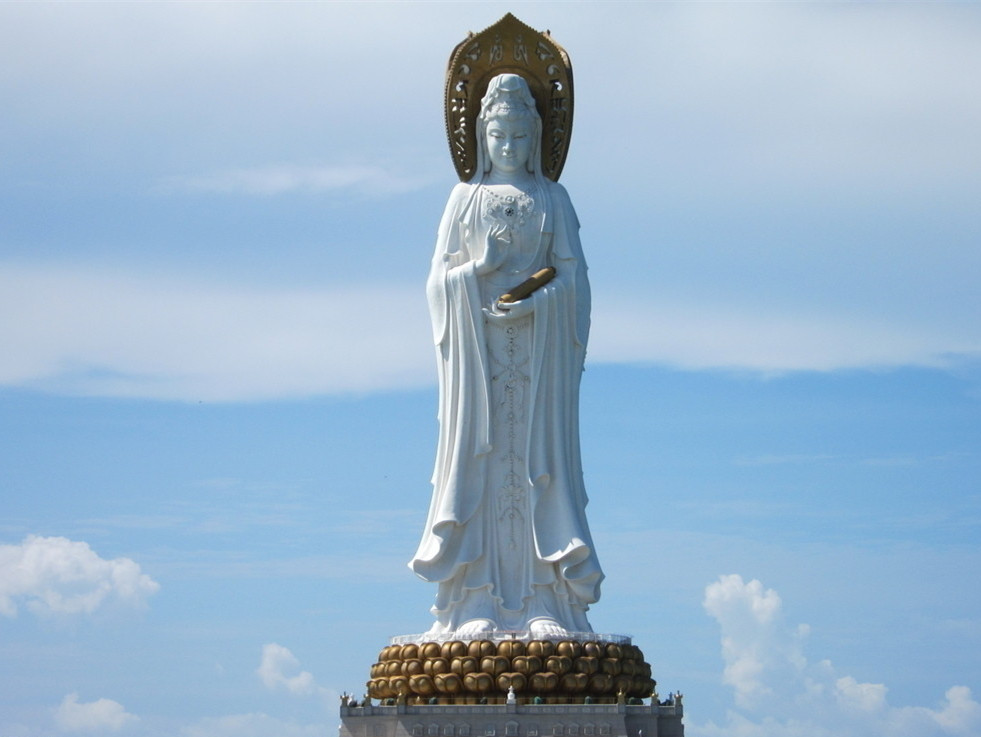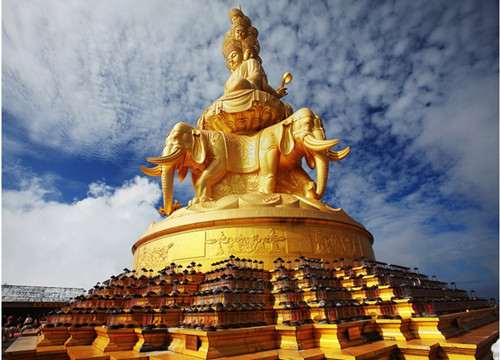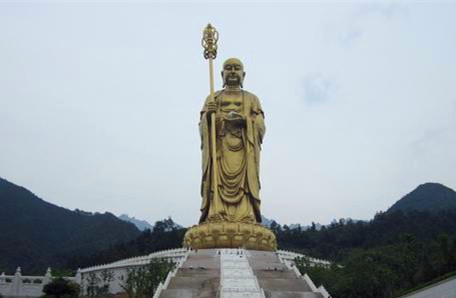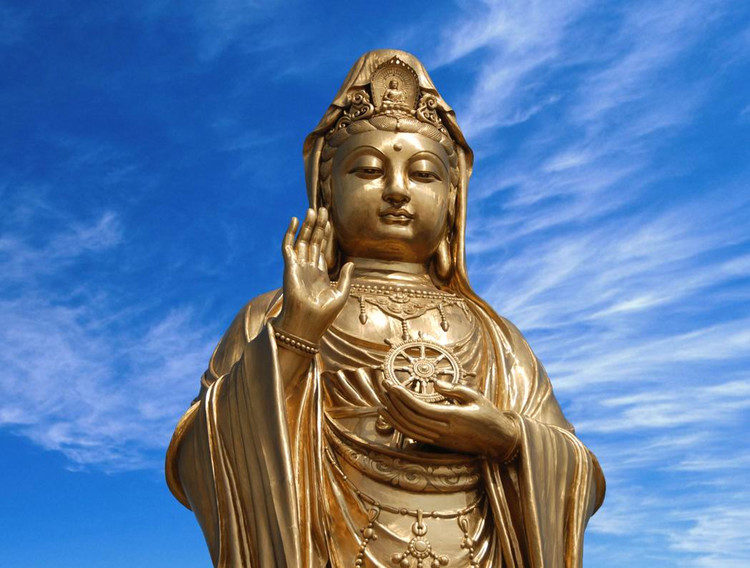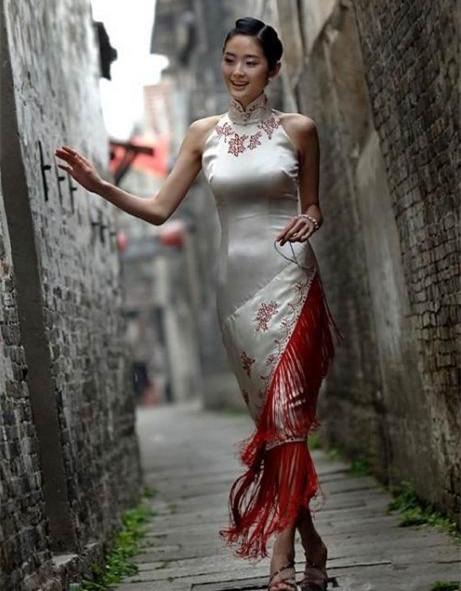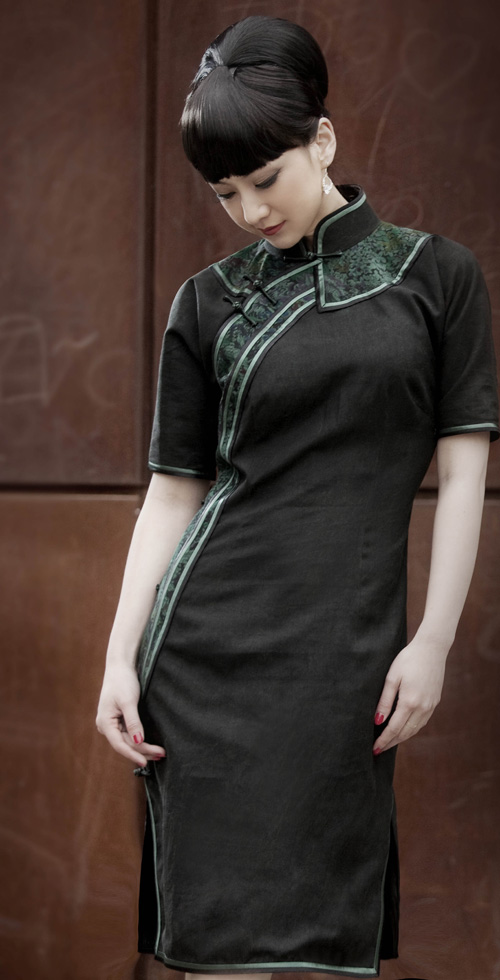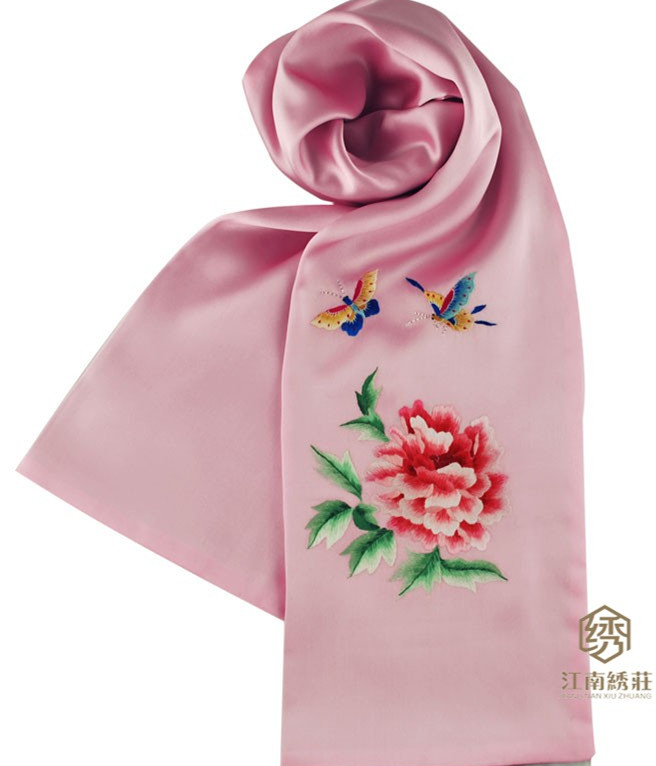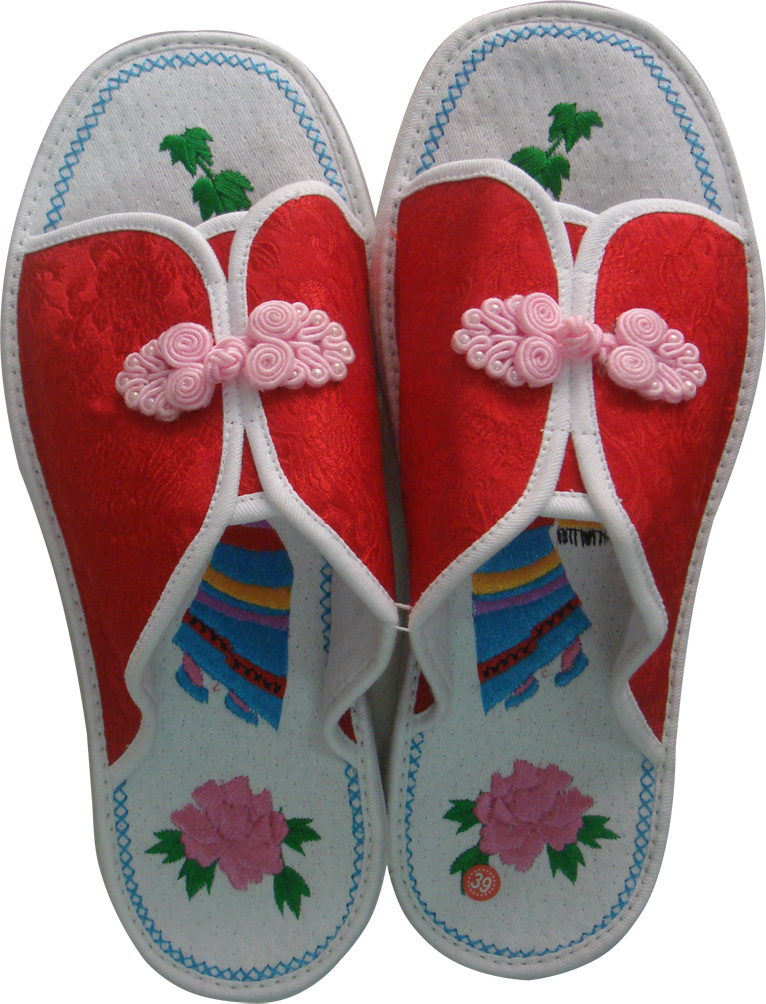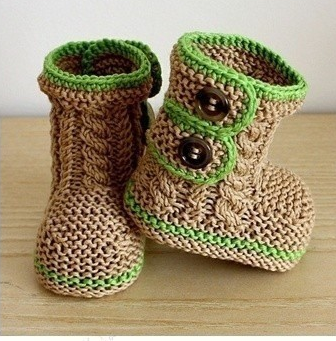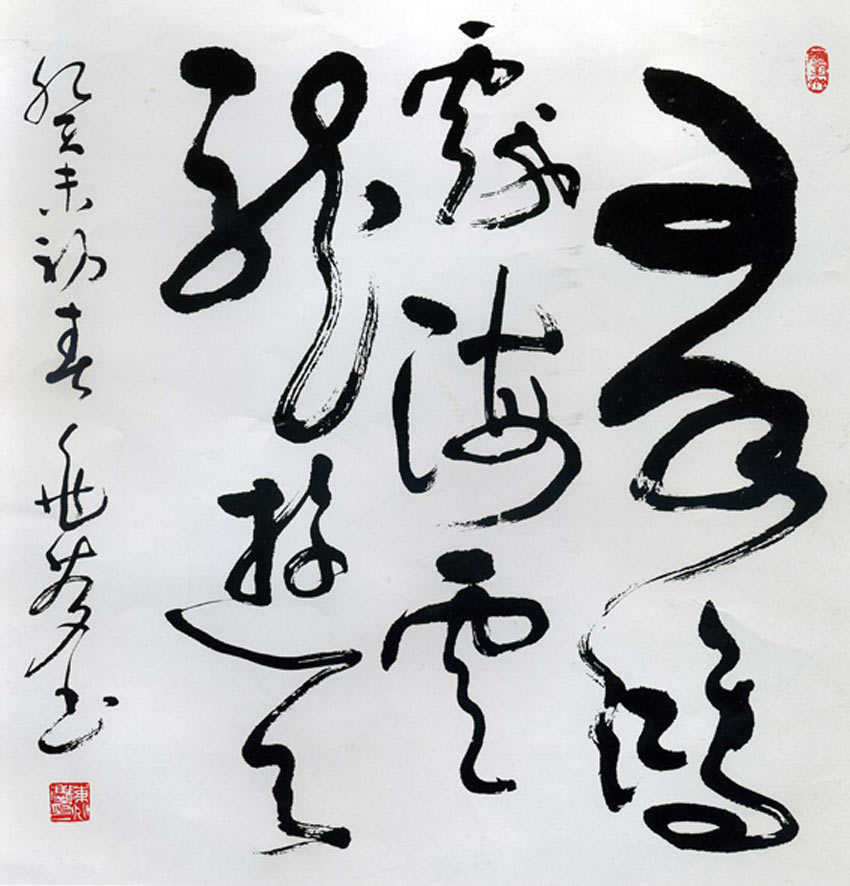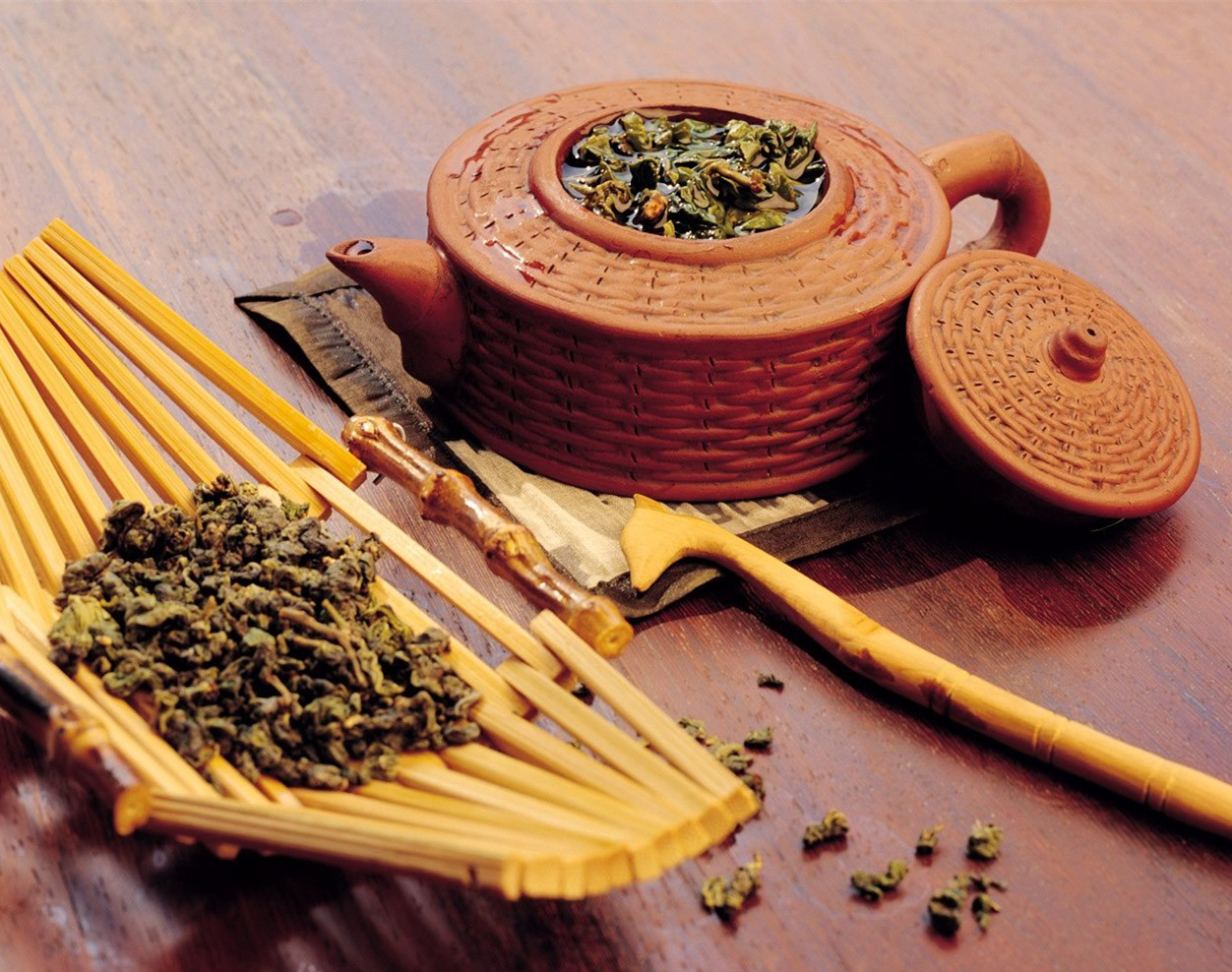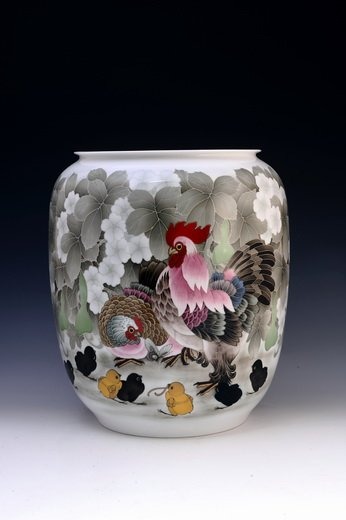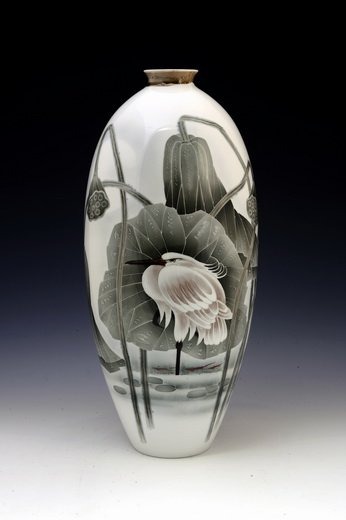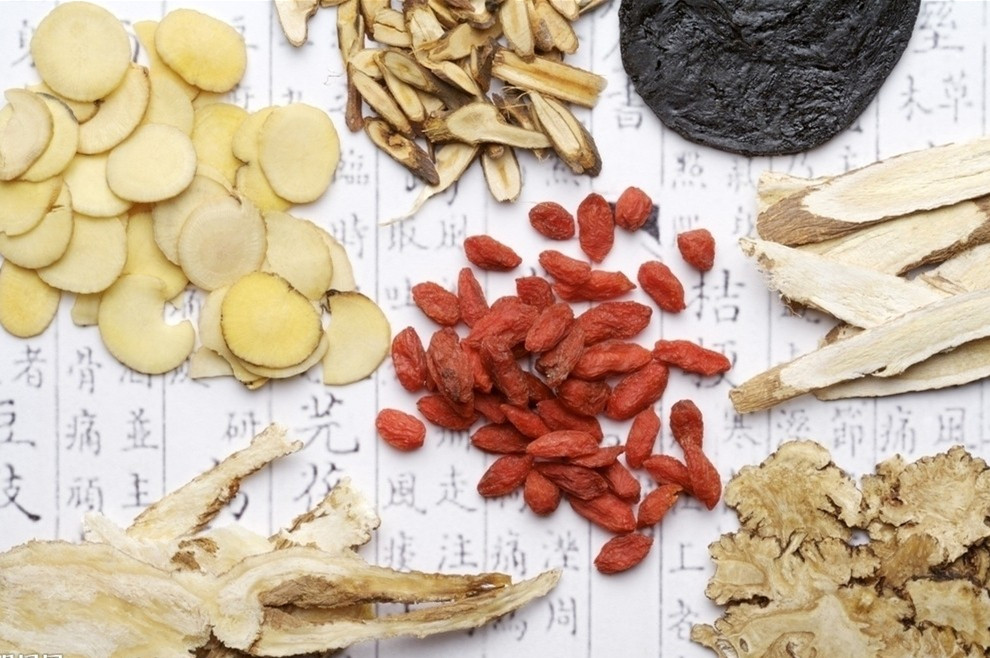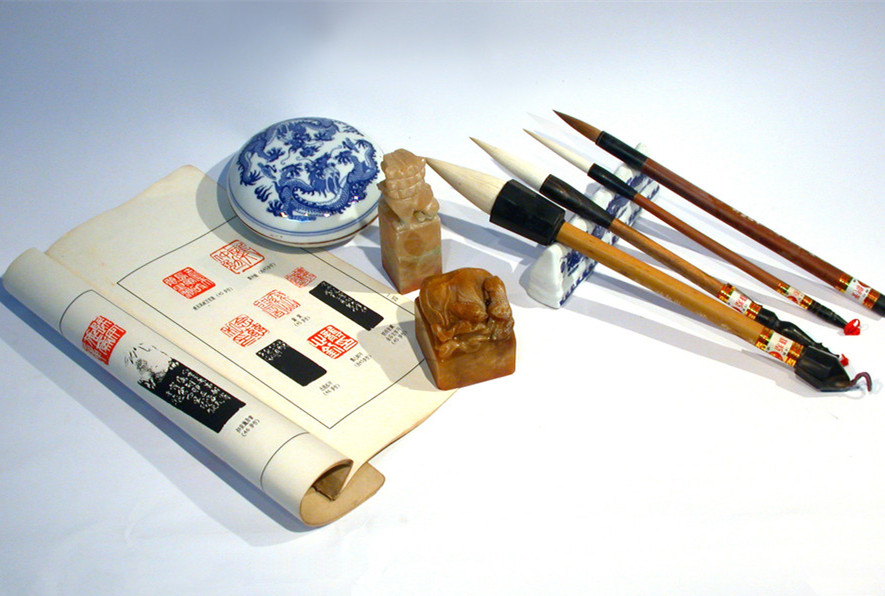After another severe winter, the spring finally comes, and sees a traditional revival in all unions: the weather goes up, the frozen rivers melt, the trees turn green, all kinds of flowers com out… Why not kick back in the great nature, camera in hand while watching all these amazing life moments occurring! There’s something far more rewarding about heaving yourself from bed in the wide in this March. And being lazy in a sea of golden rapeseed flowers, having your cameras capture all stunning scenes will be one of your finest pleasures in China’s spring time. Listed here are three best places to enjoy golden rapeseed flowers in China.
1. Luoping in eastern Yunnan province

Luoping finds itself about 228 kilometers northeast of Kunming, and locates near where Yunnan meets Guizhou and Guangxi. Here the rapeseed (also named canola) flowers are in full blossom in spring (usually begin in February), surrounding the scattered houses, twisting roads and pretty mountains. This area of rolling hillside landscape thus takes on a “golden ocean” and becomes a photographers’ heaven. Despite its relatively remote location, the small country with its visual spectacle attracts numerous visitors and photographers each spring. The rapeseed farms (with an area of over 13,000 hectares) in Luoping are among the largest scale in China. The best time for it will be February and March.
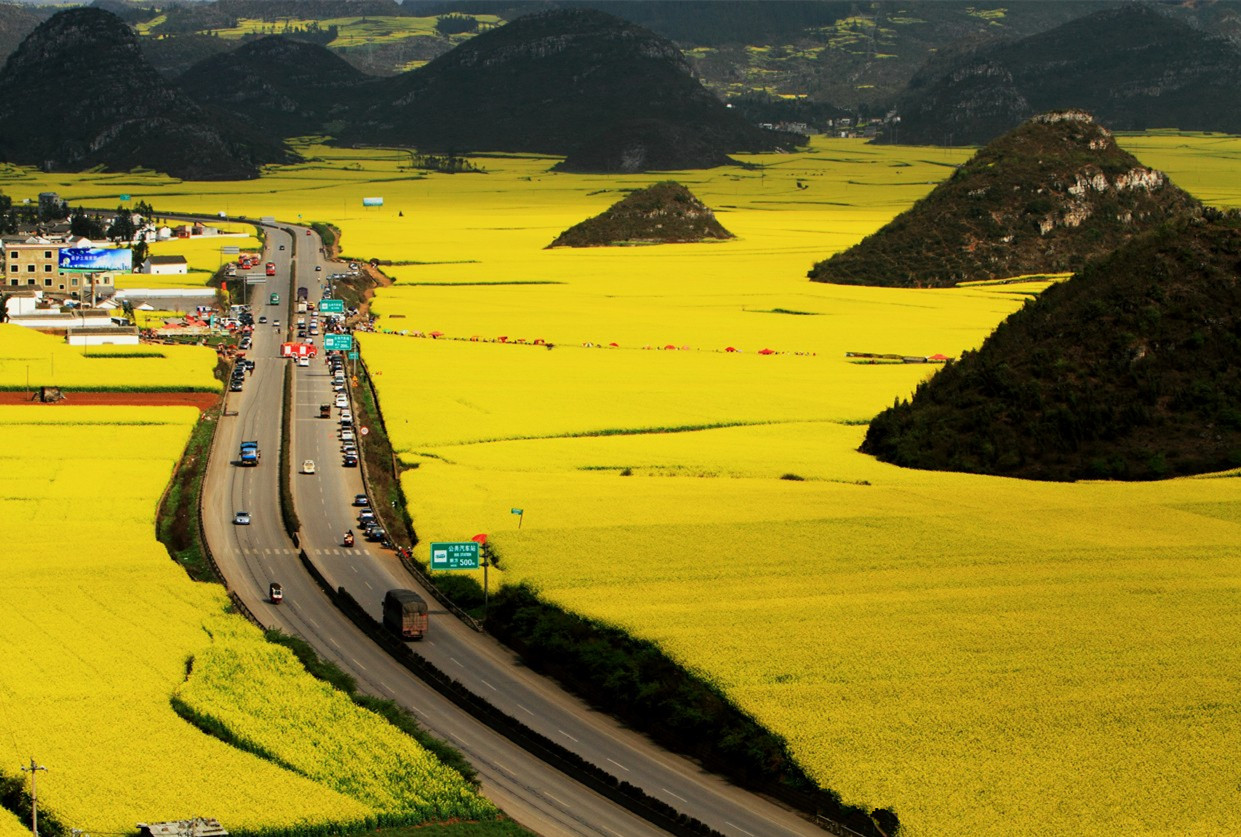
2. Wuyuan in Northeastern Jiangxi province

China’s most beautiful countryside Wuyuan is best seen as the rapeseed flowers are blooming in a dazzling golden color in Spring. Wuyuan is home to dozens of quaint and fancy villages, all of which look almost the same with ancient Huizhou architectural style – of white walls, black roofs, elegant eaves, and dark-green footstones. Wuyuan sees its canola flower blooming peak from March until early May, when you can leisurely stroll on the sprawling farmlands through old villages, immerse yourself in the quite old days of luxuriant camphor trees, wood bridges creeks or rapids…
Top China attractions near Wuyuan include Yellow Mountain, Mt. Lushan, and Jingdezhen.

3. Yangshuo in southern Guilin, Guangxi province

Yangshuo is not all about Karst landscape and Li River Cruise, there are also cozy country life and blooming rape flowers in Spring. The farmlands of rapeseed flowers are not as big as those in Luoping or Wuyuan, but still breathtaking, as they perfectly melt into the idyllic countryside, picturesque karst peaks, flowing rivers and streams. You can rent a bicycle for a delightful Yangshuo countryside tour. Early March is the best time to see rape flowers in Yangshuo, with average temperature being about 15 °C (57 °F). Just bring with an umbrella In case of some rainy days.

